Rising Vehicle Production
The Automotive Control Arm Market is experiencing a surge in demand due to the increasing production of vehicles worldwide. As manufacturers ramp up their output to meet consumer demand, the need for high-quality control arms becomes paramount. In 2025, vehicle production is projected to reach approximately 90 million units, which directly correlates with the demand for automotive components, including control arms. This trend is further fueled by the growing popularity of electric vehicles, which require advanced suspension systems for optimal performance. Consequently, the Automotive Control Arm Market is likely to witness substantial growth as automakers seek reliable suppliers to ensure the safety and performance of their vehicles.
Enhanced Safety Regulations
The Automotive Control Arm Market is significantly influenced by the implementation of stringent safety regulations across various regions. Governments are increasingly mandating higher safety standards for vehicles, which necessitates the use of advanced suspension components, including control arms. For instance, regulations that require improved crashworthiness and stability are driving manufacturers to invest in high-performance control arms. This shift not only enhances vehicle safety but also propels the demand for innovative designs and materials in the Automotive Control Arm Market. As a result, companies that prioritize compliance with these regulations are likely to gain a competitive edge in the market.
Growing Aftermarket Segment
The Automotive Control Arm Market is benefiting from the expansion of the aftermarket segment, which is driven by an increasing number of vehicles on the road. As the global vehicle parc continues to grow, the demand for replacement parts, including control arms, is expected to rise. In 2025, the aftermarket for automotive components is projected to reach a valuation of over 400 billion dollars, indicating a robust opportunity for manufacturers in the Automotive Control Arm Market. This growth is further supported by the trend of vehicle owners opting for aftermarket modifications and repairs, which often require high-quality control arms to ensure optimal vehicle performance and safety.
Shift Towards Electric Vehicles
The Automotive Control Arm Market is undergoing a notable shift due to the increasing adoption of electric vehicles (EVs). As automakers pivot towards electrification, the design and engineering of control arms are evolving to accommodate the unique requirements of EVs, such as weight distribution and handling characteristics. The Automotive Control Arm Market is projected to grow exponentially, with estimates suggesting that EVs could account for over 30% of total vehicle sales by 2030. This transition presents a significant opportunity for the Automotive Control Arm Market, as manufacturers develop specialized control arms that enhance the performance and efficiency of electric vehicles.
Technological Innovations in Materials
The Automotive Control Arm Market is witnessing a transformation driven by technological innovations in materials used for manufacturing control arms. The introduction of lightweight yet durable materials, such as advanced composites and high-strength steel, is enhancing the performance and efficiency of control arms. These innovations contribute to weight reduction in vehicles, which is crucial for improving fuel efficiency and reducing emissions. In 2025, the market for lightweight automotive components is expected to grow significantly, further propelling the demand for advanced control arms. As manufacturers adopt these new materials, the Automotive Control Arm Market is likely to evolve, offering products that meet the changing needs of the automotive sector.


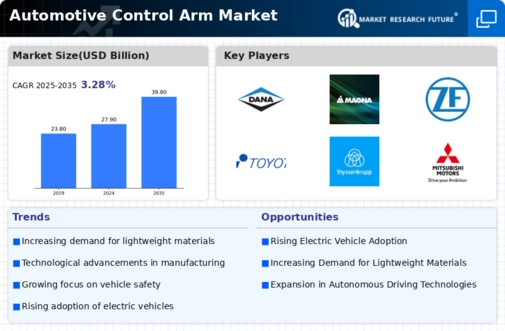

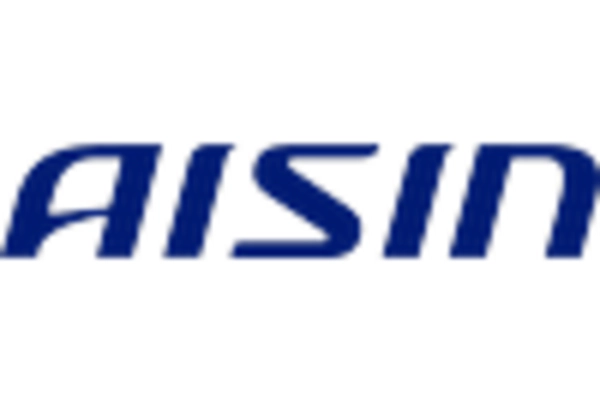
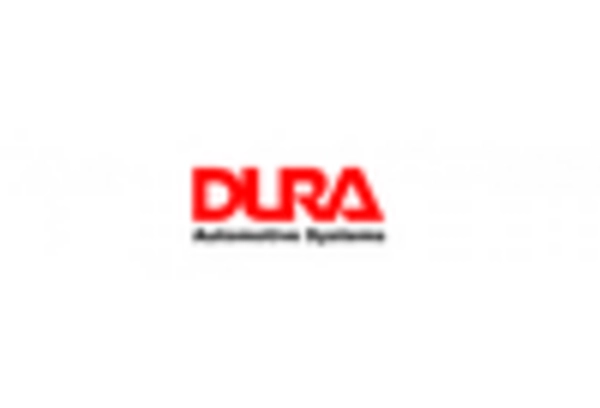

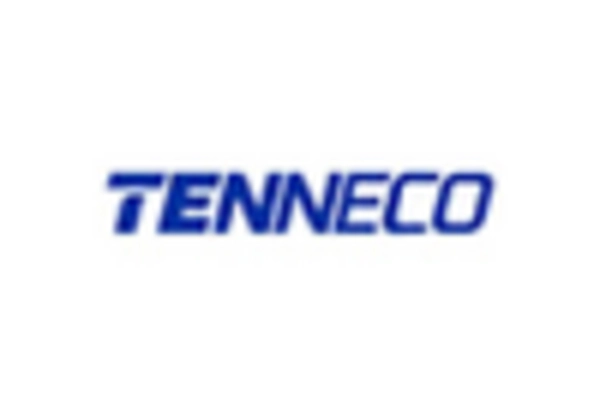

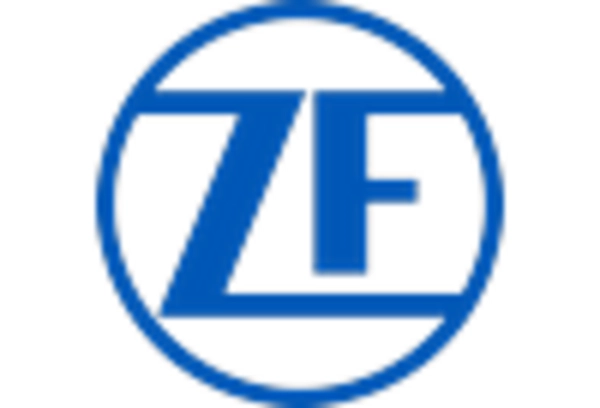








Leave a Comment